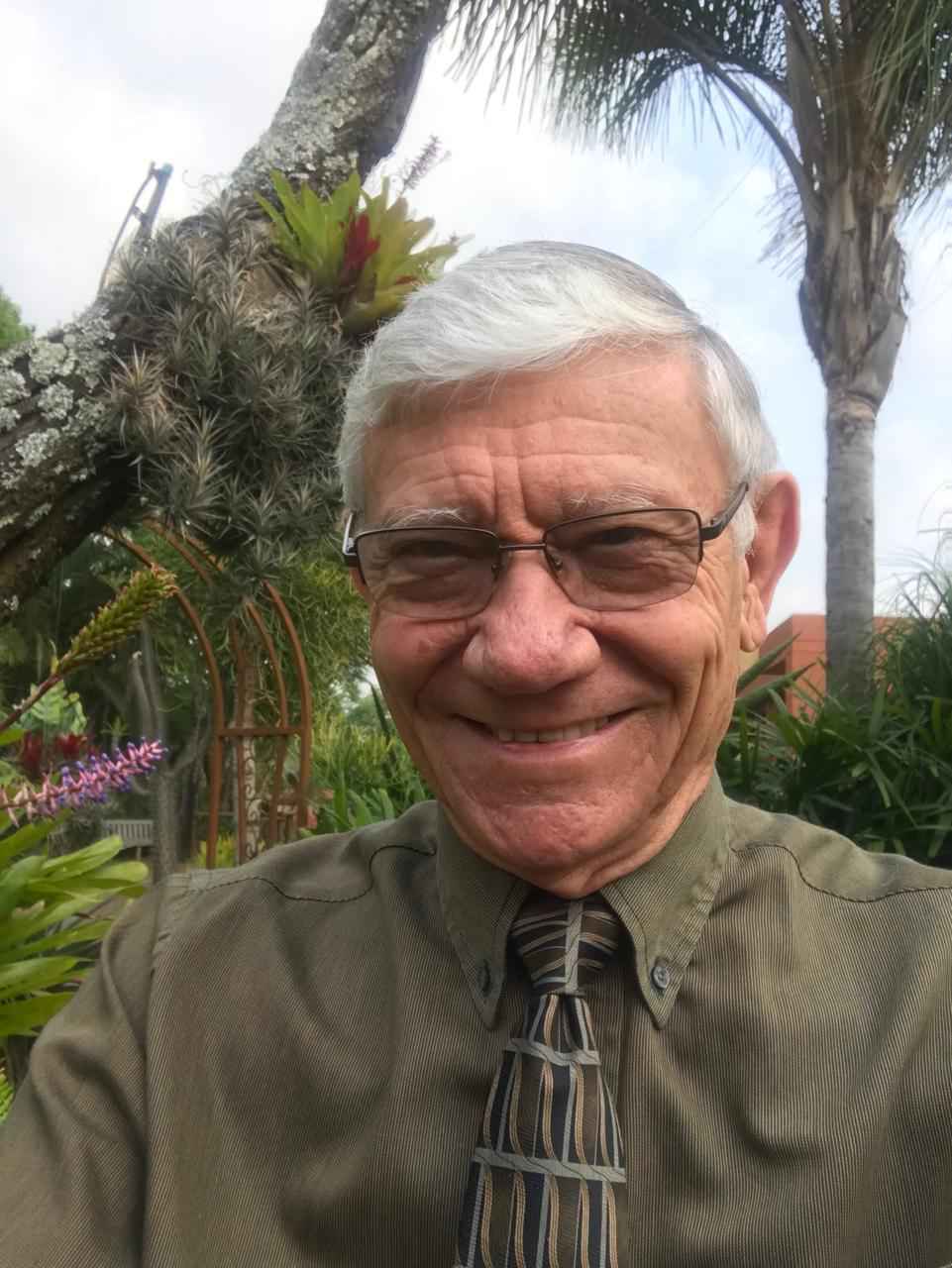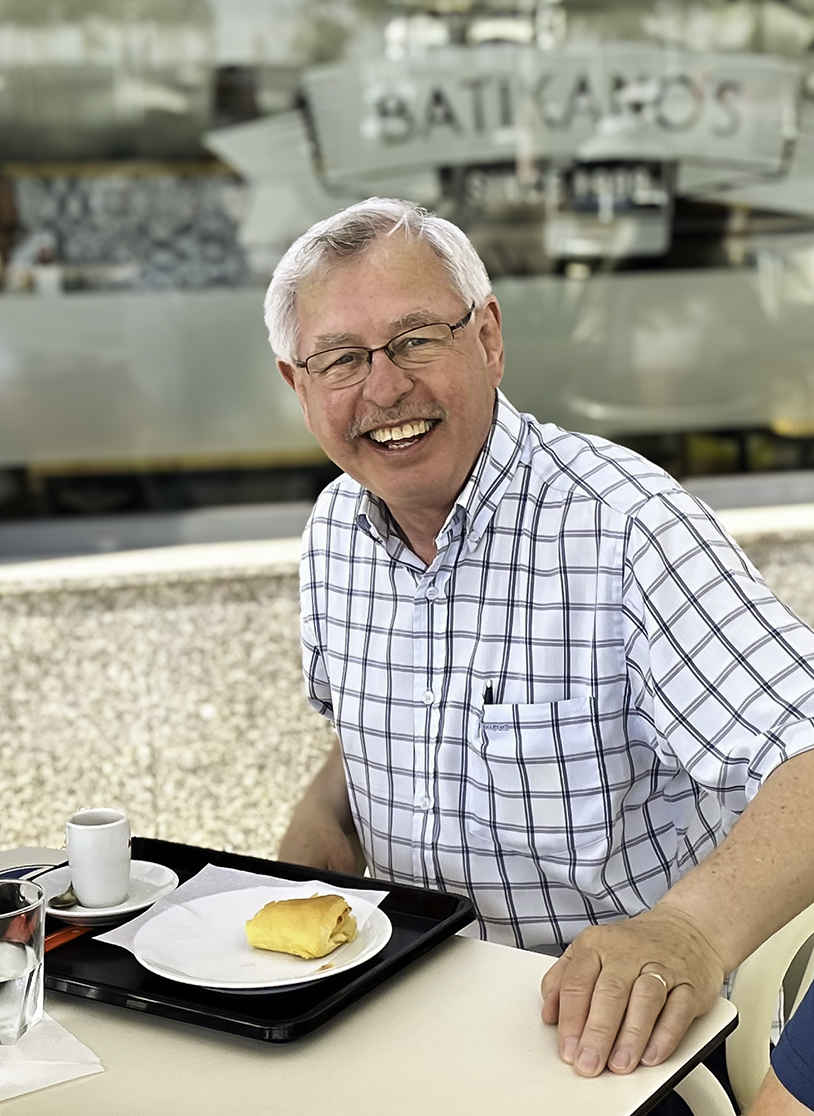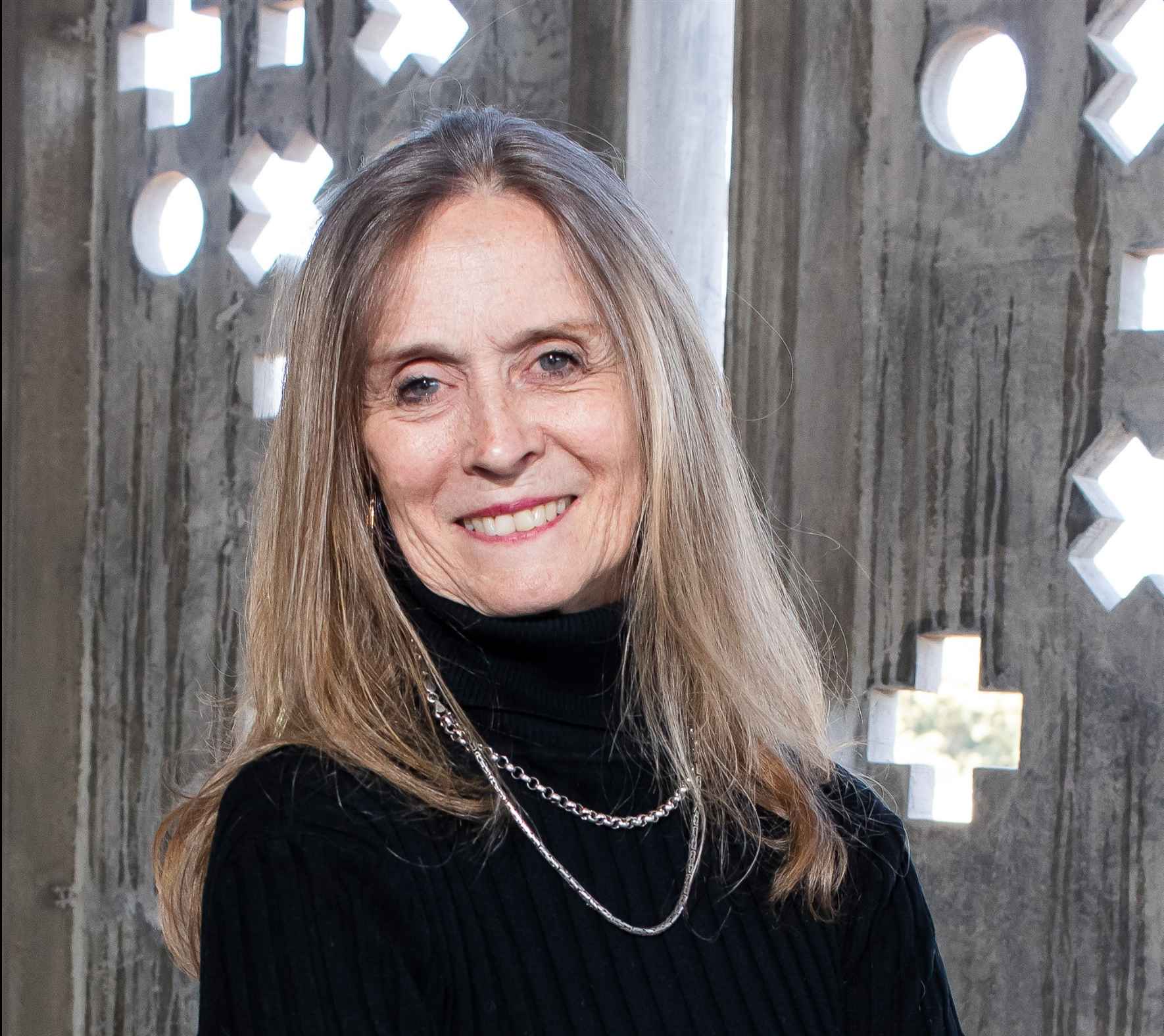Origin of the surname HOFMEYR - How it came to South Africa with the branches thereafter
 Hoffie Hofmeyr, 08 February 2025
Hoffie Hofmeyr, 08 February 2025
Hoffie HOFMEYR worked in Europe for 15 years after school.
In Denmark he found that the governor of the Reserve Bank was Hoffmeyer. He could see that there were different spellings in different parts of the world and searched through the telephone registers of 70 countries. The origin and correct spelling were challenges.
After retirement in 1995, he and his late brother began to collect sources and information. There were books, letters, correspondence, meeting minutes and then many conversations with family.
Hoffie tells more about the HOFMEYR Family in South Africa and also elaborates on his own grandfather, whom he did not know, and his own parents' family history.




